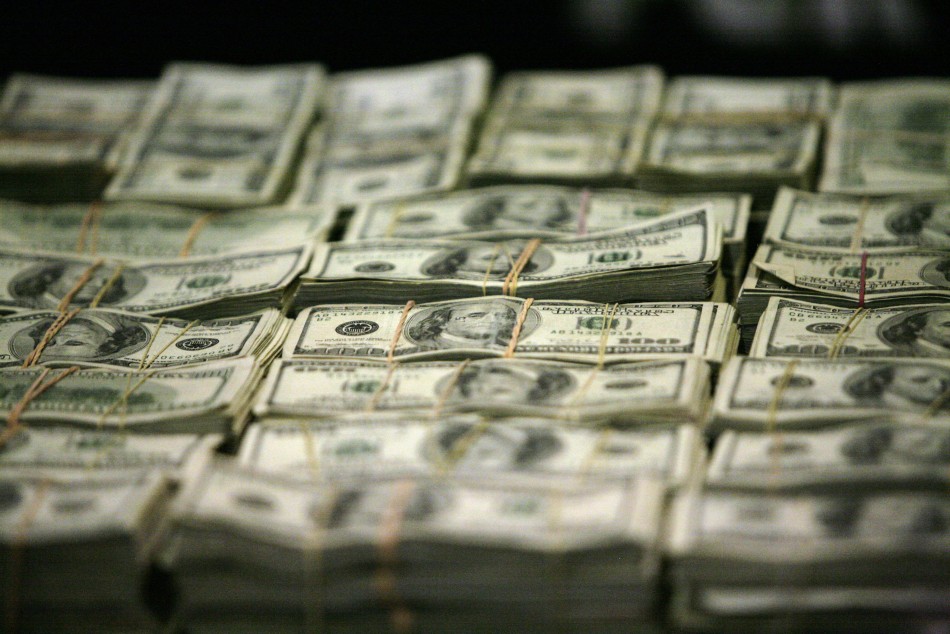
ĭuring his five-year rule from 1540 to 1545, Sultan Sher Shah Suri issued a coin of silver, weighing 178 grains (or 11.53 grams), which was also termed the rupiya. In the intermediate times there was no fixed monetary system as reported by the Da Tang Xi Yu Ji. Rūpa means 'form' or 'shape' for example, in the word rūpyarūpa: rūpya 'wrought silver' and rūpa 'form'. 340–290 BCE), mentions silver coins as rūpyarūpa, other types including gold coins (suvarṇarūpa), copper coins (tamrarūpa) and lead coins (sīsarūpa) are mentioned. Īrthashastra, written by Chanakya, prime minister to the first Maurya emperor Chandragupta Maurya (c. The history of the Indian rupee traces back to ancient India in circa 6th century BCE, ancient India was one of the earliest issuers of coins in the world, along with the Chinese wen and Lydian staters. Rupiya issued by Sher Shah Suri, 1540–1545 CE Other types of coins, including gold coins ( suvarṇarūpa), copper coins ( tāmrarūpa), and lead coins ( sīsarūpa), are also mentioned. 340–290 BCE), mentions silver coins as rūpyarūpa. Arthashastra, written by Chanakya, prime minister to the first Maurya emperor Chandragupta Maurya ( c. Though Pāṇini mentions rūpya ( रूप्य), it is unclear whether he was referring to coinage. The weight remained unchanged well beyond the end of the Mughals till the 20th century. The immediate precursor of the rupee is the rūpiya-the silver coin weighing 178 grains minted in northern India by first Sher Shah Suri during his brief rule between 15 and adopted and standardized later by the Mughal Empire.

Currency rates in india today series#
įrom 2017 to 2019 the remaining banknotes of the Mahatma Gandhi New Series were released in denominations of ₹10, ₹20, ₹50, ₹100 and ₹200. A newly redesigned series of ₹ 500 banknote, in addition to a new denomination of ₹ 2,000 banknote is in circulation since 10 November 2016. On 8 November 2016, the Government of India announced the demonetisation of ₹500 and ₹1,000 banknotes with effect from midnight of the same day, making these notes invalid. Before this, India used " ₨" and "Re" as the symbols for multiple rupees and one rupee, respectively.

The first series of coins with the new rupee sign started in circulation on 8 July 2011. The parallel lines at the top (with white space between them) are said to make an allusion to the tricolour Indian flag, and also depict an equality sign that symbolises the nation's desire to reduce economic disparity. It was derived from the combination of the Devanagari consonant " र" ( ra) and the Latin capital letter "R" without its vertical bar. In 2010, a new rupee sign ( ₹) was officially adopted.

The Reserve Bank manages currency in India and derives its role in currency management on the basis of the Reserve Bank of India Act, 1934. The issuance of the currency is controlled by the Reserve Bank of India. The rupee is subdivided into 100 paise (singular: paisa), though as of 2019, coins of denomination of 1 rupee is the lowest value in use. The Indian rupee ( symbol: ₹ code: INR) is the official currency of India.


 0 kommentar(er)
0 kommentar(er)
